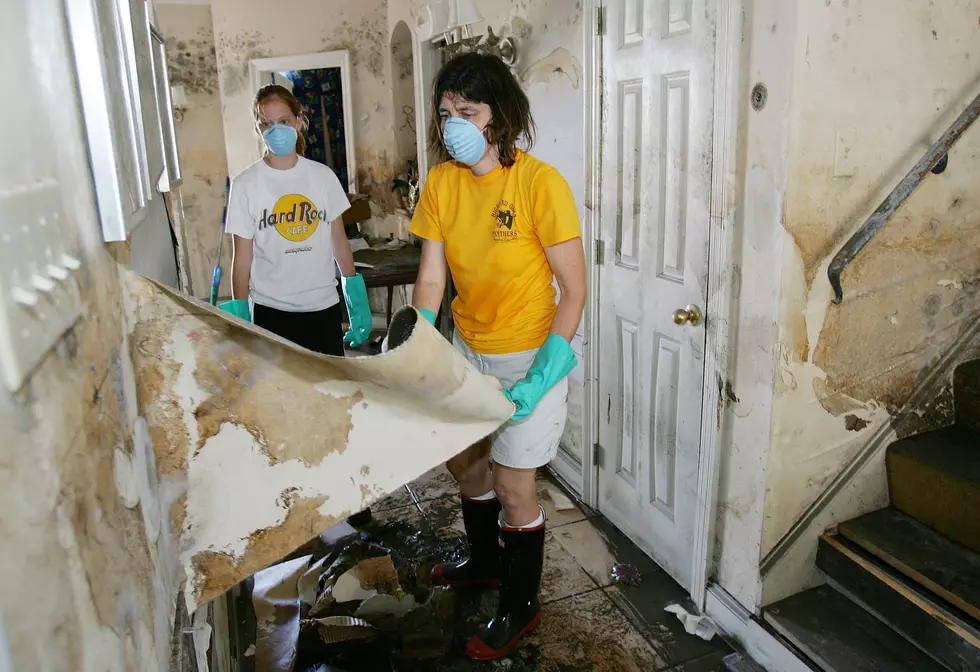
Expert Advice On How To Preserve Documents & Photographs Damaged By Flood Water
If you're trying to preserve important documents, and sentimental photographs that have been damaged by flood waters, here's some advice.
Many people are getting back to their homes after the floods, and are starting the cleanup process. If you are one of those people, and are looking for important documents, as well as photographs, there are ways to try to preserve both of those items.
Specific directions for all kinds of records, including photographs, can be found on the homepage of the Secretary of State website at www.sos.la.gov.
Here are some of the basic steps to preserve water damaged documents from KATC:
If items have been submerged, leave them submerged until they can be air dried or frozen. Move to clean water if possible.
- Air dry flat in small piles (1/2 inch) or individually if possible. Move into an area where the air is circulating if possible. Use fans if available. Do not direct stream of air onto documents but into the room to keep air moving. Screens can be laid on top to prevent items from blowing around.
- Put wet material on an absorbent layer of blotter material like blank newsprint or paper towels. Change blotting material beneath the materials as it becomes soaked. If small clumps of records are fanned out to dry, they should be turned every few hours to encourage evaporation from both sides.
- If the volume of material is great, freeze those items which can not be air dried within 48 hours. The material can then be unthawed when you have the time and materials to air dry. This can be accomplished with a common household freezer. If items can be left in the freezer for a few months they will dry themselves through a process called sublimation.
Additionally, the steps below can be used for photographs that have been water logged:
- In general, wet photographs should be air dried or frozen as quickly as possible.
- Separate photographs from their enclosures, frames and from each other. If they are stuck together or adhered to glass, set them aside for freezing.
- Spread photographs out to dry, face up, laying them flat on an absorbent material such as blotters, unprinted newsprint, paper towels or a clean cloth.
- Keep the air around the drying materials moving at all times. Fans will speed up the drying process and minimize the risk of mold growth.
- Negatives should be dried vertically. They can be hung on a line with plastic clips placed at the edges.
- Photos may curl during drying. They can be flattened later.
- Photos that are stuck together can be frozen by wrapping them in wax paper.
- Later, as stacks of photos are thawed, individual photographs can be carefully peeled from the group and placed face up on a clean, absorbent surface to air dry.
More From Classic Rock 105.1


![Marines in Full Dress Blue Uniforms Push Car Out of Flood Waters [Video]](http://townsquare.media/site/33/files/2021/09/attachment-Marines-Push-Car-Stalled-In-Flood.jpg?w=980&q=75)



![Flood of 2016: Five Years On [PHOTOS, VIDEOS]](http://townsquare.media/site/29/files/2016/08/Youtube-sTwvids.png?w=980&q=75)
![Major Flooding in New York City as Remnants of Tropical Storm Elsa Approaches East Coast [VIDEO]](http://townsquare.media/site/34/files/2021/07/attachment-Screen-Shot-2021-07-09-at-6.18.33-AM.jpg?w=980&q=75)

